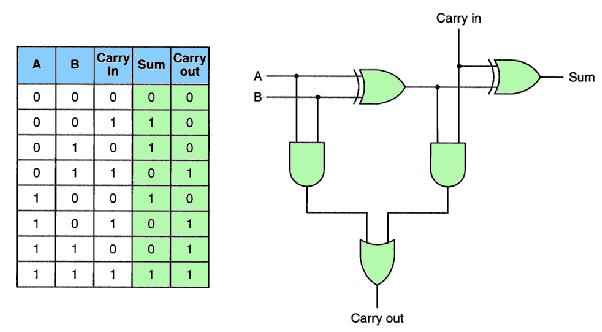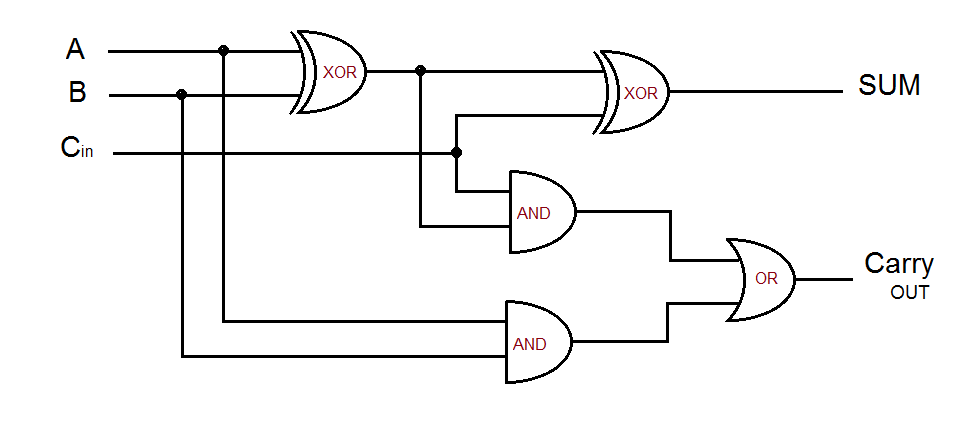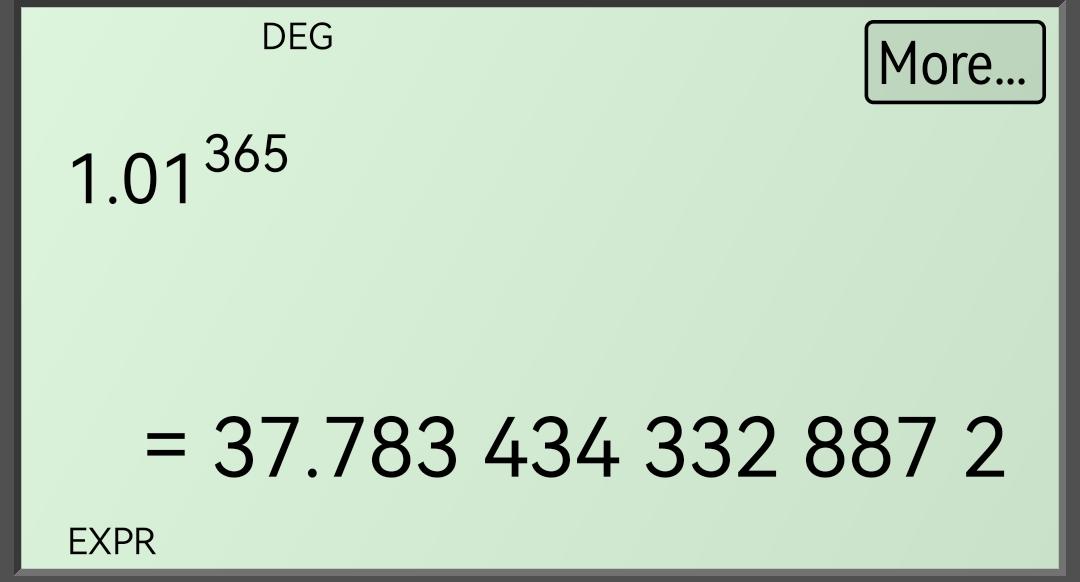Full Adder: the central component of the computer CPU
Category: Other.
Date: February 2023
Views: 875
The Full Adder is a fundamental component in digital electronics that performs the addition of two binary digits and a carry-in bit to produce a sum and a carry-out bit. It is a basic building block used in many digital systems, including computers, to perform arithmetic operations.
A Full Adder circuit consists of three inputs: A, B, and Cin (carry-in), and two outputs: Sum and Cout (carry-out). The input signals are binary digits (0 or 1) and the output signals represent the sum of the binary digits and the carry generated from the addition.

The operation of a Full Adder is based on Boolean algebra and can be represented by truth tables and logic circuits. The truth table for a Full Adder shows the relationship between the input signals and the output signals for all possible input combinations.
A full adder can be constructed using basic logic gates such as XOR, AND, and OR gates. The following is a detailed explanation of the full adder operation using these gates:

- Input: The two binary digits A and B, and the carry-in bit (Cin) are fed into the full adder circuit.
- Addition: The sum bit (S) is calculated using an XOR gate for A and B. The XOR gate produces a 1 if either A or B is 1, but not both.
- Carry-out calculation: The carry-out bit (Cout) is calculated using two AND gates. One AND gate calculates the carry generated from the addition of A and B, and the other calculates the carry generated from the addition of the previous carry and the sum bit (Cin and S). The two carry bits are then ORed together to produce the final carry-out bit.
- Output: The sum bit (S) and carry-out bit (Cout) are produced as the output of the full adder.
A Full Adder can be used to build larger circuits for performing more complex arithmetic operations. For example, multiple Full Adder circuits can be combined to create an adder circuit for adding multi-bit binary numbers. The carry-out from one Full Adder is used as the carry-in for the next Full Adder, allowing for the addition of larger numbers.
In conclusion, the Full Adder is a crucial component in digital electronics that performs the addition of binary digits and a carry-in bit. It is based on Boolean algebra and can be represented by truth tables and logic circuits. The Full Adder is widely used in digital systems, including computers, and is a fundamental building block for more complex arithmetic circuits.





















0 Comments, latest